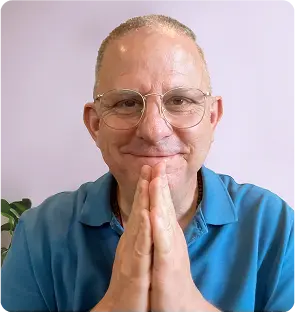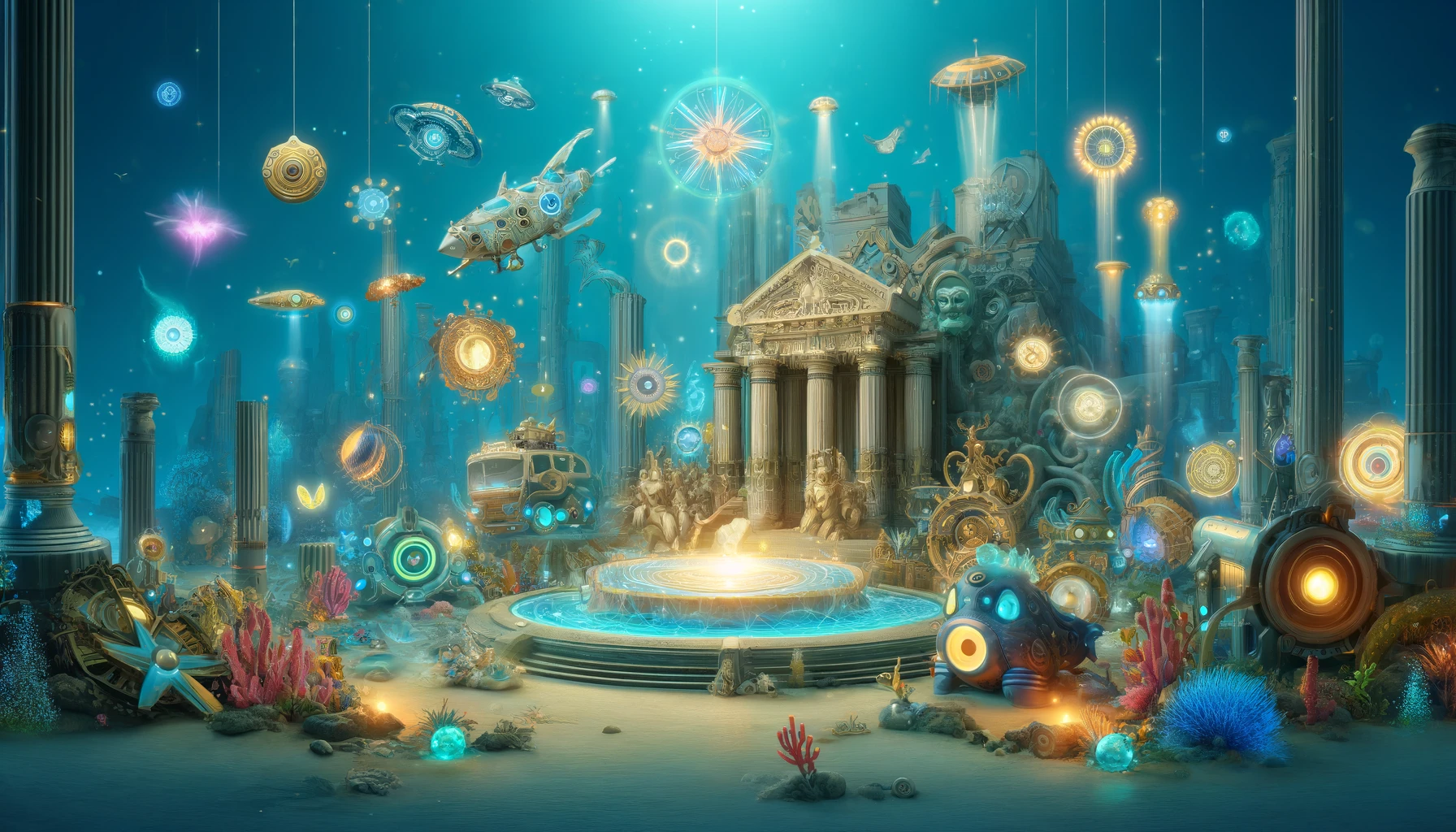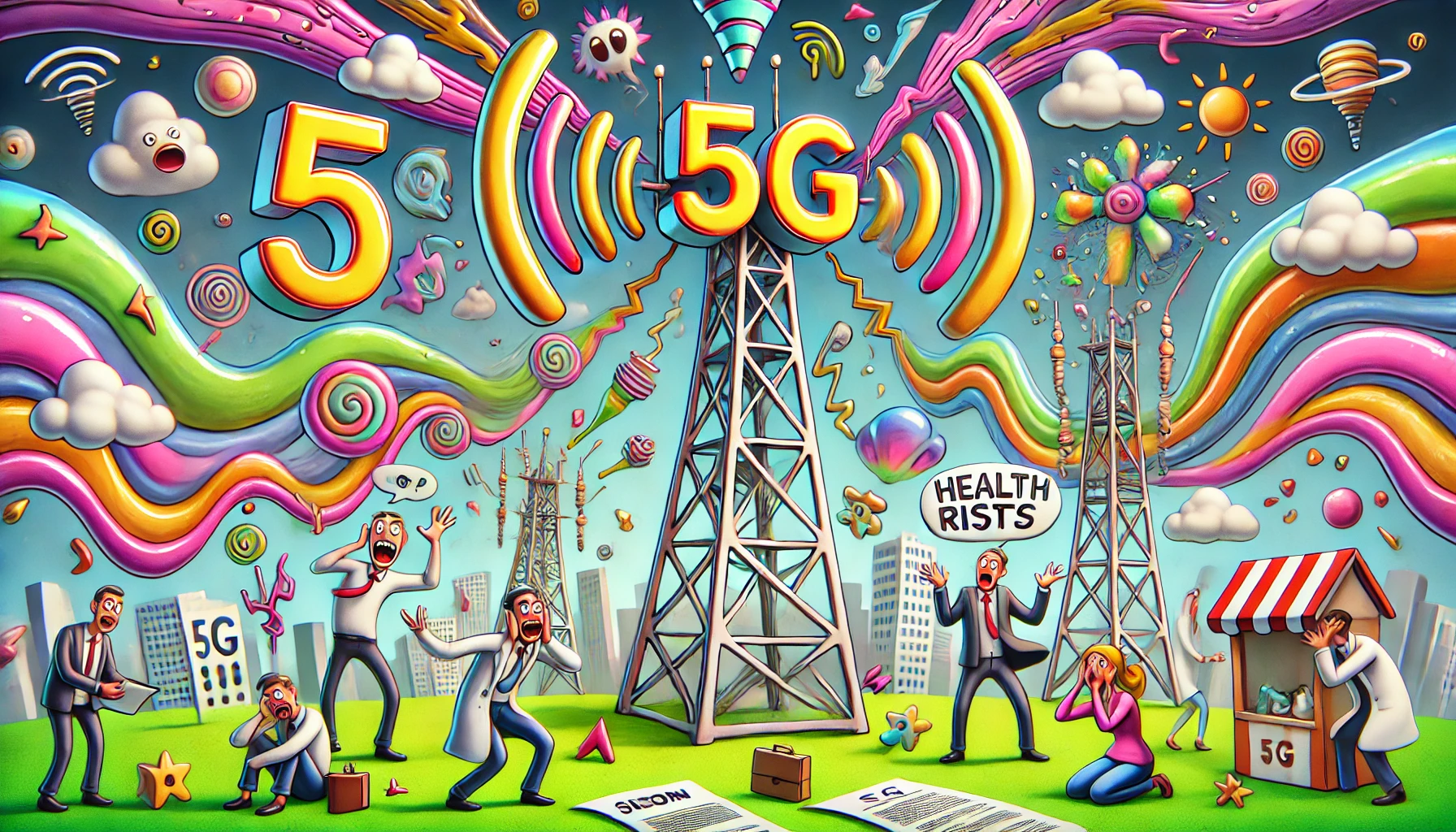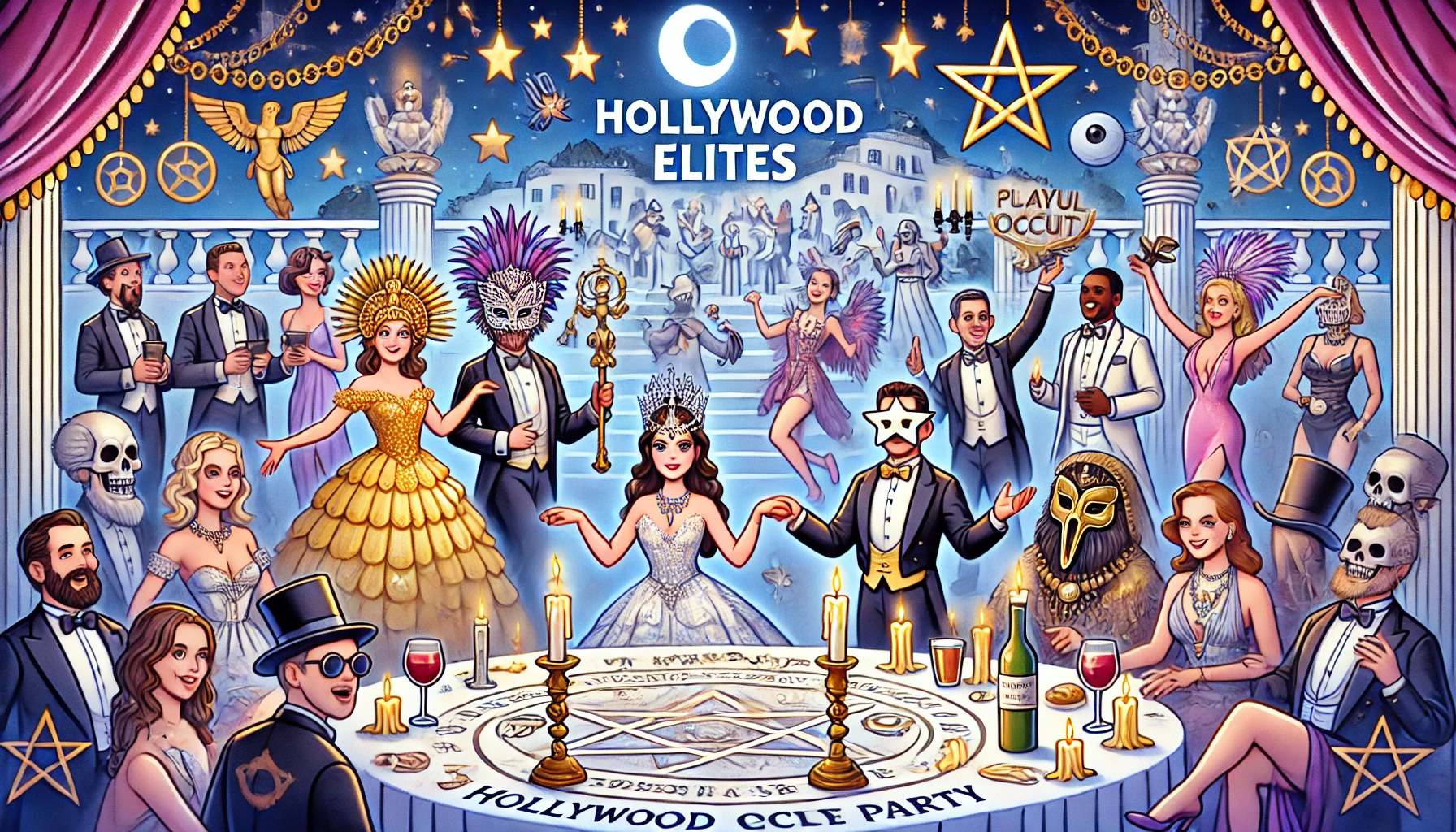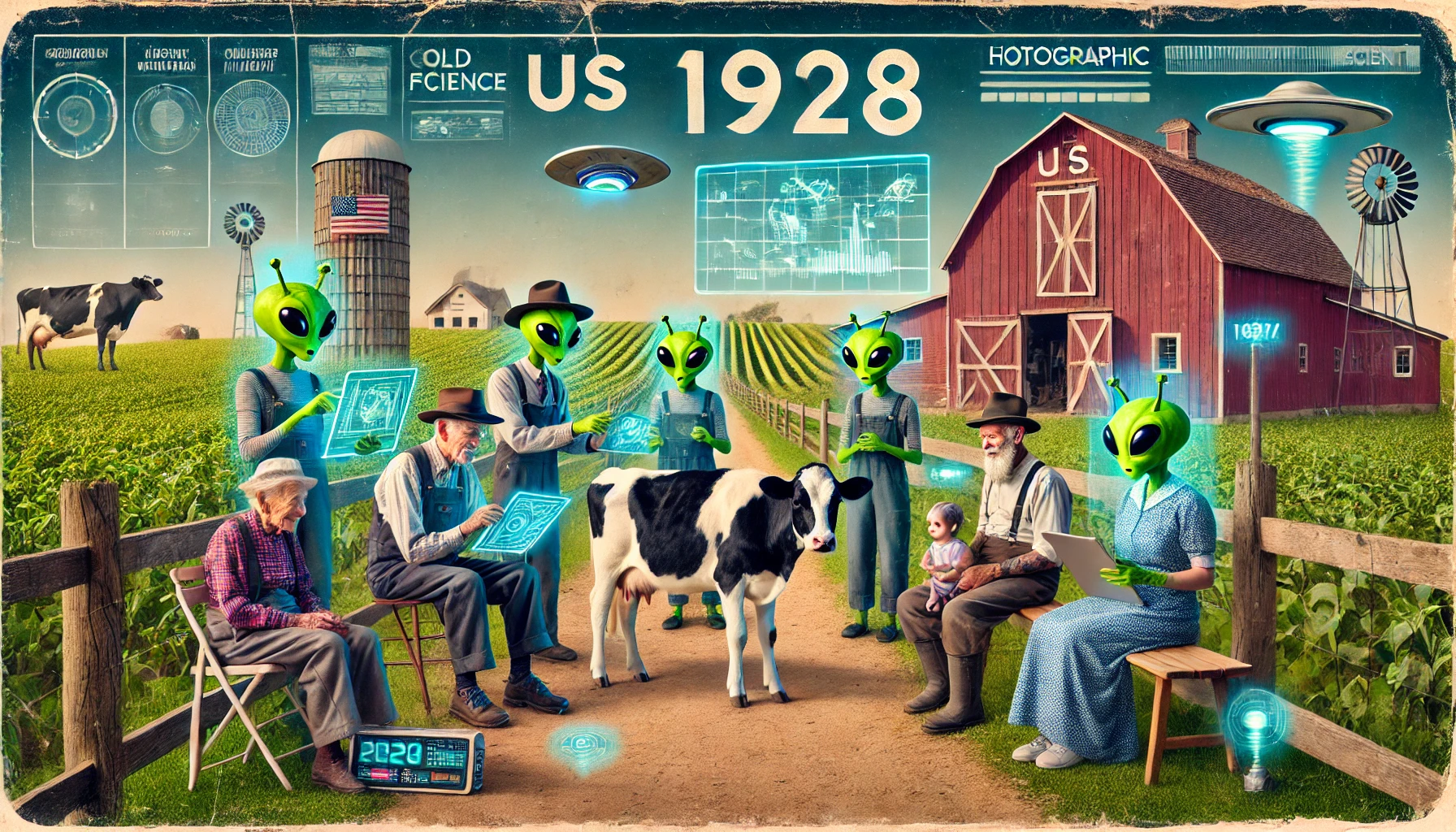
Time Travel: A Comprehensive Examination of the Possibility and Evidence
Introduction
Time travel, the concept of moving between different points in time, has long fascinated humanity. It has been a central theme in numerous works of science fiction, inspiring countless theories, experiments, and debates. The possibility of time travel raises profound questions about the nature of time, reality, and human experience. This article explores the origins, evidence, and counterarguments of time travel, examining its cultural impact and the reasons why this idea endures. Additionally, we will discuss how our dreams may be projections of our desires to travel through time and how these experiences can become real to us over time.
Background and History
The idea of time travel dates back to ancient myths and legends, where stories of prophets, seers, and gods transcending time were common. However, the modern concept of time travel as a scientific possibility emerged in the late 19th and early 20th centuries, particularly with H.G. Wells’ 1895 novel “The Time Machine.” Wells’ work laid the foundation for the science fiction genre and introduced the idea of using technology to travel through time.
In the realm of science, the theory of relativity, proposed by Albert Einstein in the early 20th century, revolutionized our understanding of time and space. Einstein’s equations suggested that time is not an absolute constant but can be affected by speed and gravity, opening the door to theoretical possibilities of time travel.
Main Theories and Evidence
Proponents of time travel present several key arguments, supported by various types of evidence and theoretical frameworks:
Einstein’s Theory of Relativity: According to Einstein’s theory of general relativity, massive objects can warp spacetime, creating gravitational wells. This warping effect means that time can pass at different rates in different locations. This phenomenon, known as time dilation, has been experimentally confirmed and is a key concept in the possibility of time travel.
Wormholes: Wormholes, hypothetical tunnels through spacetime, are proposed as potential shortcuts between distant points in the universe. If wormholes exist, they could theoretically allow for rapid travel between different times and places. While no direct evidence of wormholes has been found, they are a valid solution within the framework of general relativity.
Quantum Mechanics: Some interpretations of quantum mechanics suggest that particles can exist in multiple states simultaneously, a concept known as superposition. This has led to theories about parallel universes and the potential for time travel through quantum entanglement or other quantum phenomena.
Cosmic Strings: Hypothetical one-dimensional defects in spacetime, known as cosmic strings, could theoretically be used to create closed timelike curves, which would allow for time travel. These strings are predicted by certain models of the early universe, but their existence remains speculative.
Experimental Evidence: While direct evidence of time travel is lacking, certain experiments have shown that particles can be affected by time dilation. For example, muons, subatomic particles produced by cosmic rays, decay more slowly when traveling at high speeds, consistent with relativistic time dilation.
Impact and Cultural Significance
Time travel has had a profound impact on popular culture and public imagination. It has inspired countless books, movies, television shows, and philosophical debates. The idea of traveling through time resonates with deep human desires to explore, change the past, and witness the future.
The concept of time travel also raises important ethical and philosophical questions about free will, causality, and the nature of reality. It challenges our understanding of time as a linear progression and invites us to consider the possibilities of alternate histories and futures.
Counterarguments and Debunking
The possibility of time travel has been extensively scrutinized by scientists, philosophers, and skeptics. Here are the key counterarguments:
Causality Paradoxes: Time travel introduces the possibility of causality paradoxes, such as the famous “grandfather paradox,” where a time traveler could potentially prevent their own existence by altering the past. These paradoxes challenge our understanding of causality and raise significant logical issues.
Energy Requirements: The energy required to create and sustain a wormhole or cosmic string, or to travel at relativistic speeds, is currently beyond our technological capabilities. Theoretical models suggest that such feats would require vast amounts of energy, potentially equivalent to that of an entire star.
Temporal Stability: The stability of hypothetical time travel mechanisms, such as wormholes or closed timelike curves, is uncertain. Some theories suggest that even minor perturbations could cause these structures to collapse, making practical time travel infeasible.
Lack of Empirical Evidence: Despite theoretical possibilities, there is no empirical evidence to support the existence of time travel. Experiments and observations have yet to produce any indication that time travel is possible or that it has occurred.
Psychological and Cultural Factors: The allure of time travel can be partly explained by psychological and cultural factors, such as the appeal of escapism, the desire for control over one’s destiny, and the human fascination with the unknown.
Dreams and Time Travel
Beyond the scientific and philosophical debates, the concept of time travel also resonates with our inner experiences, particularly through dreams. Dreams can be seen as projections of our desires to travel through time and space, allowing us to explore different realities and scenarios.
Subconscious Desires: Dreams often reflect our subconscious desires and fears. The ability to move freely through time in dreams can be a manifestation of our wish to change the past, understand the future, or experience different realities.
Lucid Dreaming: In lucid dreaming, individuals become aware that they are dreaming and can sometimes control their dreams. This state can create a sense of time travel, as dreamers can revisit past events, explore future possibilities, or create entirely new scenarios.
Psychological Impact: Dreams can have a profound impact on our waking life, shaping our perceptions, emotions, and decisions. The experiences we have in dreams can feel real and significant, blurring the lines between dream and reality.
Spiritual Interpretations: Some spiritual traditions view dreams as a form of astral travel or soul exploration. From this perspective, dreams allow us to transcend the limitations of physical time and space, accessing deeper truths and insights.
Conclusion
The possibility of time travel remains one of the most intriguing and debated topics in science and philosophy. While theoretical models suggest it could be possible, significant scientific and technological challenges must be overcome. The fascination with time travel invites us to explore the boundaries of reality, consciousness, and human experience.
Rebuttal or Additional Insights
Despite extensive scrutiny and scientific challenges, the belief in time travel persists, suggesting that there may be elements of social and psychological factors worth exploring. The phenomenon taps into broader human desires for exploration, control, and understanding of the unknown. This underscores the importance of critical thinking and open-mindedness in navigating complex scientific and philosophical narratives.
Furthermore, the psychological and sociological aspects of the time travel phenomenon are worth considering. The human mind is adept at creating patterns and connections, and in the absence of clear evidence, people may fill in the gaps with existing myths and stories. The cultural significance of time travel, as a symbol of mystery and potential otherworldly contact, plays a role in perpetuating the legend.
Moreover, the persistence of belief in time travel highlights the need for effective communication and education. Addressing the underlying desires and misconceptions that lead people to embrace such theories is crucial for fostering a well-informed public. Engaging with believers in respectful and open dialogue can help bridge gaps in understanding and promote a more nuanced appreciation of scientific and philosophical insights.
The Real Exploration
Beyond the concept of time travel lies a deeper and more profound journey: the exploration of our consciousness and its interaction with time. Engaging in practices such as meditation, mindfulness, and philosophical inquiry can lead to transformative insights and profound self-understanding. Tools like the Shankara Oracle can guide individuals on this inner journey, offering wisdom and perspective that transcend the allure of external mysteries.
This path encourages seekers to look within, to question their own beliefs, perceptions, and the nature of reality. By exploring the depths of one’s consciousness, one can find answers to the most fundamental questions about existence, purpose, and the universe. The real adventure, then, is not just in seeking to travel through time but in uncovering the vast, uncharted territories within ourselves.
Furthermore, it is important to acknowledge that we are part of a larger, interconnected reality. The distinctions we draw between past, present, and future are often illusions, shaped by our perceptions and beliefs. This understanding invites us to look beyond our fears and fantasies, recognizing that the ultimate truth lies beyond the ephemeral concerns of the material world.
In conclusion, while the evidence overwhelmingly supports the challenges and limitations of time travel, the phenomenon highlights important discussions about skepticism, critical thinking, and the exploration of human consciousness. It is crucial to approach the time travel phenomenon with both skepticism and an open mind, considering the broader implications and the enduring allure of the mysterious and unexplained. This balanced perspective allows us to appreciate the rich tapestry of human imagination while grounding our understanding in scientific inquiry and philosophical insight. Ultimately, the most profound exploration lies within, where the true nature of consciousness and reality awaits discovery.
Get The Shankara Oracle and dramatically improve your perspective, relationships, authentic Self, and life.


